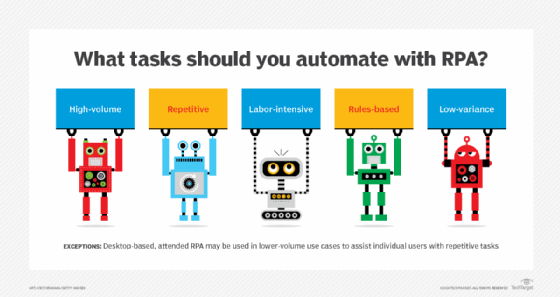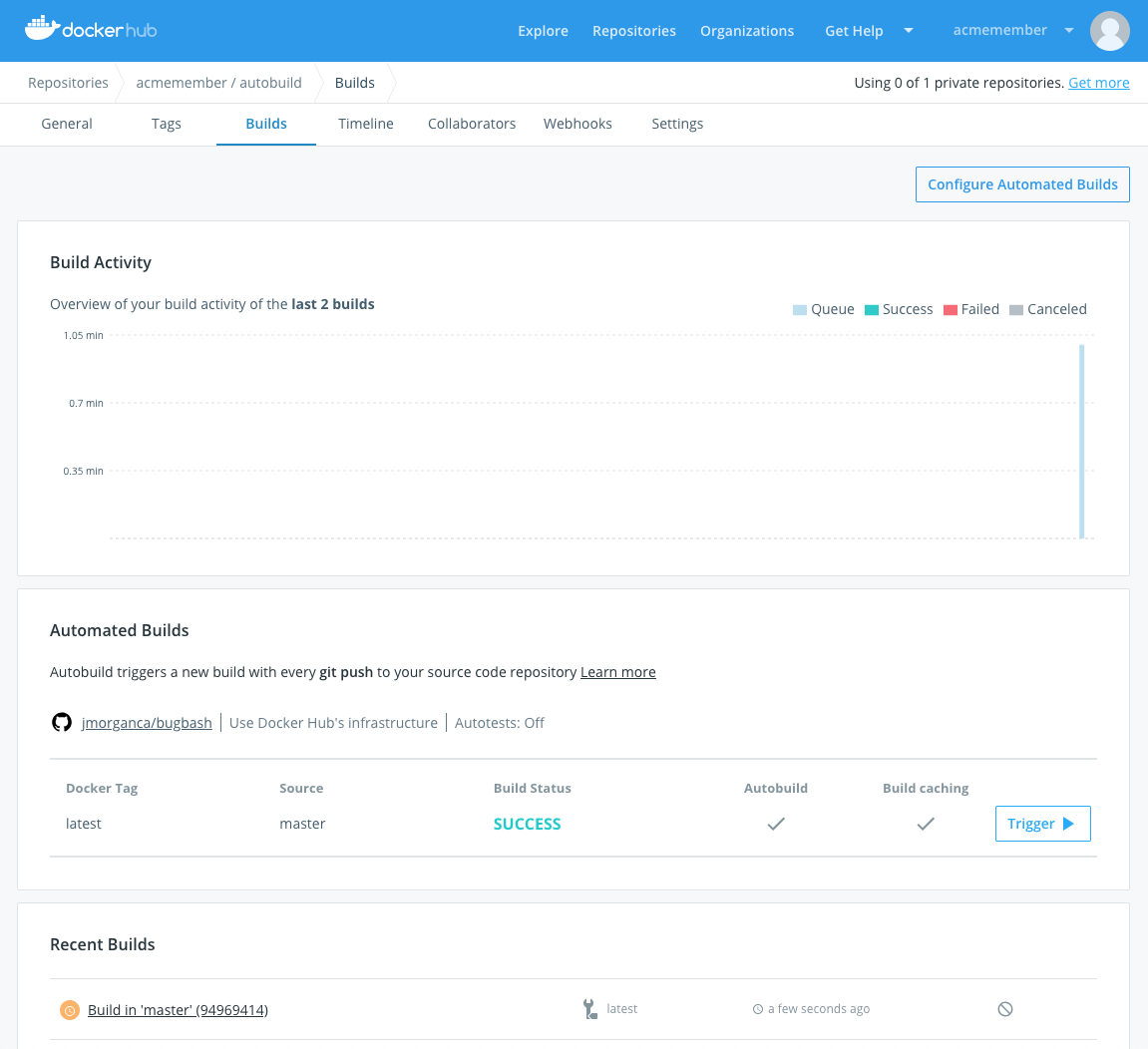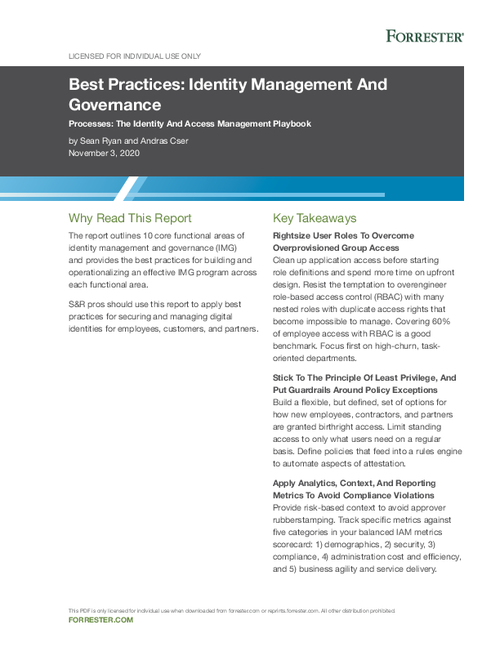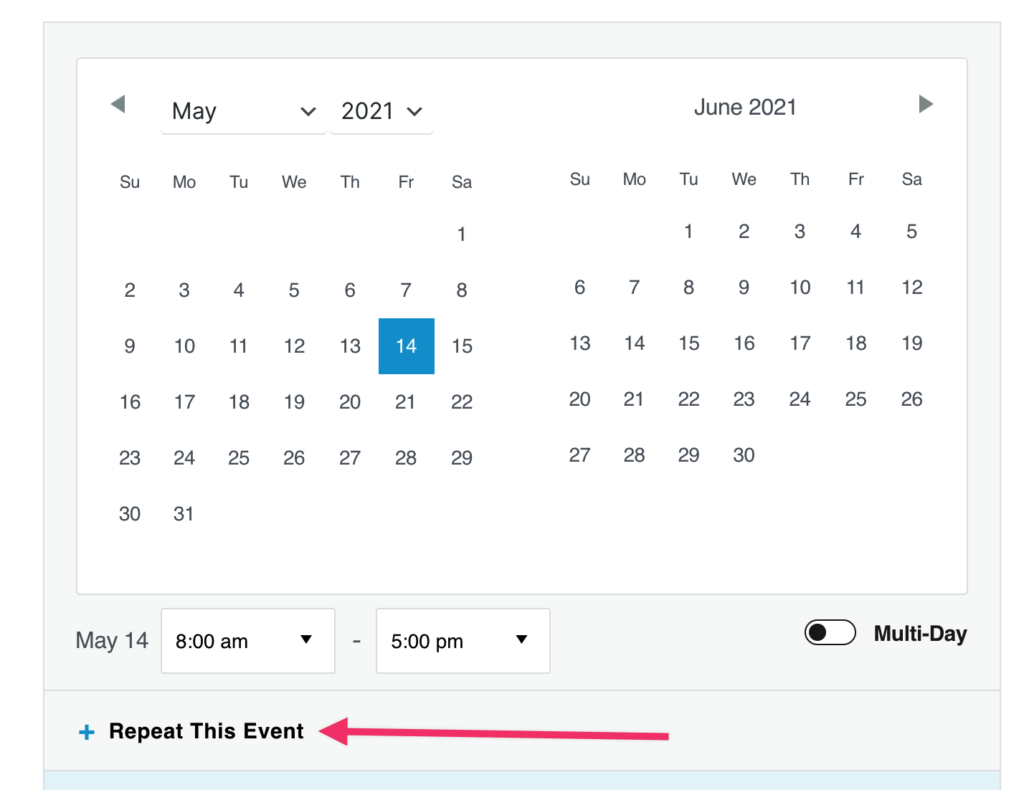
To do that, the agent would copy the number pertaining to the business rule from a document form and paste the number into the external system to validate the data.īusiness rules may be quite simple. Prior to COSMIC, the agent would need to verify adherence to these rules manually, usually by checking an external system. The work instructions given to BPOs contain specific business rules pertaining to each case. Phase 2: Data validation via a business rules engineĪfter data from the required fields has been extracted, that data is processed by a business rules engine. Meanwhile, the process feeds training data to a machine learning model, continually optimizing the process and increasing accuracy. It’s not uncommon for AI Builder to process 20,000 scans per week. This process is handled at scale in Power Automate.
#Automate it pro prevent rule from repeating manual
All required forms are processed, the required data is captured via OCR, and AI Builder presents the result to the BPO agent for manual verification. Within RPA, AI Builder scans BPO case documents to identify and categorize the required fields (as few as 10 fields may be necessary to process a 40-page agreement, for example). Within RPA, AI Builder provides the OCR and Forms Processing functionality needed to automate BPO agent workflows. Generally, AI Builder provides automation and prediction capabilities infused with Microsoft AI. AI Builder provides a low-code way to create and customize Power Apps and flows. Microsoft Power Platform is a low-code platform that enables organizations to analyze data, act on it through applications, and automate business processes. To process each agreement, BPO agents open each of those forms individually, then validate the information provided in the form according to the instructions provided to them for that particular case.ĪI Builder, a capability of Microsoft Power Platform, automates this process.

Phase 1: Data capture via OCRĪ single enterprise agreement might contain hundreds of forms. COSMIC architecture and process and where RPA fits in.

Data capture agents extract data from the queued paperwork.Gatekeepers add incoming work to the appropriate queue, depending on the case type.Revenue processing at MicrosoftīPO agents each perform one of several specialized tasks in the case management workflow:

This paper will explore the benefits of RPA, how it works, and why it matters. A new feature of Power Automate, RPA fills in the gap, enabling automated revenue processing operations and bringing the efficiency, compliance, and cost savings of automation to legacy platforms. To accomplish the same automation for legacy systems, Microsoft Digital used robotic process automation (RPA). The technical landscape that BPOs rely on consists of a mixture of modern and legacy apps, and COSMIC is compatible only with modern platforms. However, COSMIC only addressed a portion of the overall workload. In addition, the use of Microsoft Cognitive Services and AI technologies increase the platform’s efficiency, lower the risk of human error, and ensure 100 percent process adherence.

That platform- Customer Obsessed Solution Management and Incident Care, or COSMIC-is built on Microsoft Dynamics 365, Microsoft Power Platform, and Microsoft Azure. Historically, BPOs have performed the entirety of that mission-critical work manually, until Microsoft Digital built an end-to-end automated case management platform to lighten the load of manually scanning papers, filling forms, validating data, and verifying accuracy. Roughly 4,000 business process outsourcing (BPO) agents positioned at various regional operation centers (ROCs) throughout the world manage the contracts and transactions that keep those operations moving. Revenue processing at Microsoft spans 14 business units, 257 regions and territories, 18 million emails, 2.5 million transactions, and more than $100 billion per year in revenue.


 0 kommentar(er)
0 kommentar(er)
